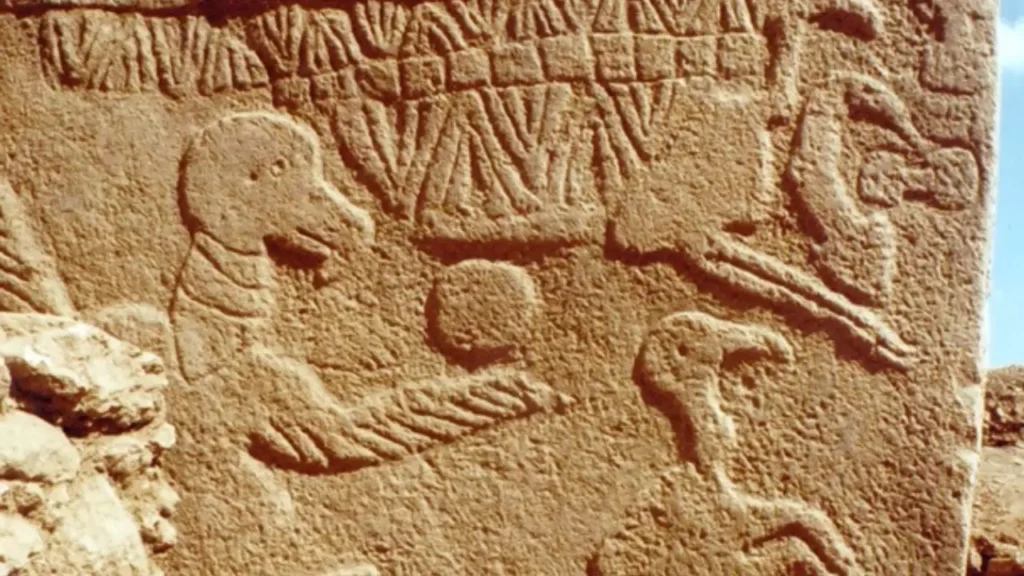Researchers have discovered what he believes to be the earliest lunisolar calendar at Göbekli Tepe, an ancient site in southern Turkey that was once a complex of temple-like enclosures.
About Lunisolar calendar:
- This calendar is believed to be the earliest known lunisolar calendar, dating back nearly 13,000 years.
- The calendar records a significant comet strike around 10,850 BCE, which likely triggered a 1,200-year ice age and led to the extinction of many large animals.
About Göbekli Tepe Site:
- Göbekli Tepe features round, oval, and rectangular megalithic structures, built by hunter-gatherers during the pre-pottery Neolithic age between 9,600 and 8,200 BCE.
- The site is recognised as a UNESCO World Heritage Site due to its historical and cultural significance, showcasing advanced technological and astronomical knowledge long before the advent of written language.
Carvings on Pillars:
- The stone pillars at Göbekli Tepe contain intricate carvings, including V-shaped markings.
- These carvings are believed to represent days in the lunisolar calendar, documenting the movements of the sun, moon, and constellations, which were used to track time and significant celestial events.
Ref: Source
| UPSC IAS Preparation Resources | |
| Current Affairs Analysis | Topperspedia |
| GS Shots | Simply Explained |
| Daily Flash Cards | Daily Quiz |
Frequently Asked Question:
What is a lunisolar calendar?
A lunisolar calendar tracks time based on the cycles of both the moon and the sun.
How old is the Göbekli Tepe site?
The site dates back to between 9,600 and 8,200 BCE, during the pre-pottery Neolithic age.
What is the significance of the lunisolar calendar discovered at Göbekli Tepe?
This ancient calendar is the earliest known, dating back 13,000 years, and reflects advanced astronomical knowledge.
How does the Göbekli Tepe lunisolar calendar relate to a comet strike?
The calendar documents a comet strike around 10,850 BCE, leading to a prolonged ice age.



